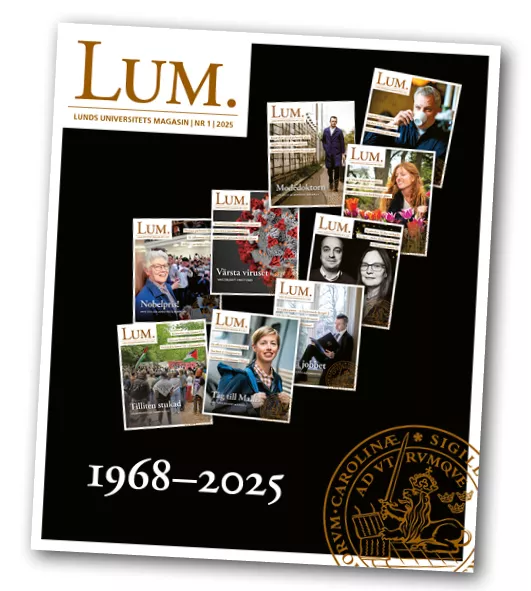She has been involved in the recent Swedish Research Council report on research communication, which challenges the notion that black and white answers, preferably presented with a dramatic element, are essential to capturing readers’ interest.
“Many of us think that this is an important issue and that we need to increase, but also broaden, our understanding of research communication,” says Anna Jonsson.
A battle for knowledge
The issue of research communication has moved up on the policy agenda and more and more funders are announcing special grants to support researchers in communicating their work. New approaches and collaborations are encouraged to stand up in what can be described as a battle for knowledge as more and more actors – with different interests – are seeking the public’s attention.
According to Anna Jonsson, there has been a view that research results should be brought to the public, and that these must be simplified and relate to a media logic. The notion has been, and perhaps still is in part, that you have to be able to deliver black and white answers and preferably with a dramatic element to capture readers’ interest. But it is just as important, if not more so, to provide an understanding of what lies behind the results – of the knowledge and methods used.
“In a digital media landscape, many people are able and willing to share their information, opinions or views with a wide audience. In a democratic society, this is of course important, but as researchers we need to be better at highlighting our methods and helping others to distinguish what we think from what we know,” says Anna Jonsson. She continues:
Can cause mistrust
“There is an idea that we need to make our writing more accessible, but over-simplified messages risk fuelling a mistrust of science and diminishing its role in society – which is also the argument for why scientists need to communicate more. Popularising research must not turn into wanting to be popular.”
When asked how much is up to the research communicators when it comes to target group adaptation, channel optimisation and the dissemination of new research, Anna Jonsson says that there are many different opinions.
“Personally, I think it is important to distinguish between what is described as strategic communication and research communication. We need to clarify the different roles and responsibilities within academia. The support available to researchers varies considerably between higher education institutions and disciplines. At the same time, researchers themselves have different views on research communication. While many see it as a natural part of their research and teaching, others view it as a part of external engagement, or what is known as ‘third stream activities’, and to do so, they need more time and resources.”
New ways of communicating
It is important not to get into an us and them way of thinking, says Anna Jonsson. Perhaps instead of starting a new podcast, we might seek out collaboration with a science influencer who already has a successful podcast, or maybe we make ourselves available for an interview by a talented journalist instead of trying to write some half-baked popular science text. On the other hand, investigating new ways of communicating one’s work as a researcher can also open up new perspectives, something that Anna Jonsson and her colleagues have explored, for example, by bringing science and art together.
She makes the point that there are many actors outside academia who are relevant and competent in terms of leading and participating in the scientific conversation and research communication. This was also a reason why Lund University organised a well-attended talk at the Skissernas Museum in June on that very theme, to highlight alternative routes in and out of academia.



